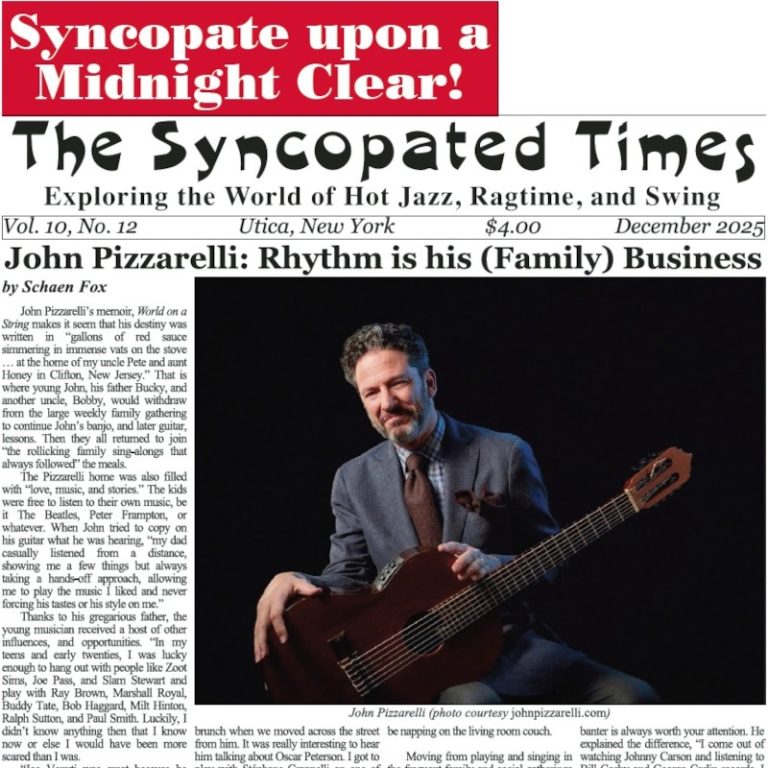At some point, some of you jazz cats might get called up to do a gig with a classical ensemble, or even a whole orchestra! No need to be nervous—I’m sure you’ll do great, but you should know there are some subtle cultural differences between the jazz and classical worlds. It’s a good thing I’m here to help you out.
So here we go with the Professor’s guide for jazz musicians playing classical music:
Before the gig, you will definitely be required to rehearse. (A rehearsal is where a group of musicians get together to practice the music they are going to perform. Practice means to spend time playing your instrument trying to get better.)
The thought of “winging it” doesn’t really fly in a classical concert, so make sure you turn up for the rehearsal. Oh and also, don’t bring beer to the rehearsal...or anything stronger for that matter. (Don’t get me wrong, classical musicians aren’t prudes, they just don’t do it out in the open.)
Now once you arrive at the rehearsal, you’ll probably be given music to read. Classical musicians like to write down—in advance—the music they are going to perform. Don’t panic! You won’t need to write anything down, but you will be given music to play, written down on paper. Don’t give it away that you can’t actually read music. When it’s put in front of you, best not to ask questions like “what are all these
You've read three articles this month! That makes you one of a rare breed, the true jazz fan!
The Syncopated Times is a monthly publication covering traditional jazz, ragtime and swing. We have the best historic content anywhere, and are the only American publication covering artists and bands currently playing Hot Jazz, Vintage Swing, or Ragtime. Our writers are legends themselves, paid to bring you the best coverage possible. Advertising will never be enough to keep these stories coming, we need your SUBSCRIPTION. Get unlimited access for $30 a year or $50 for two.
Not ready to pay for jazz yet? Register a Free Account for two weeks of unlimited access without nags or pop ups.
Already Registered? Log In
If you shouldn't be seeing this because you already logged in try refreshing the page.




